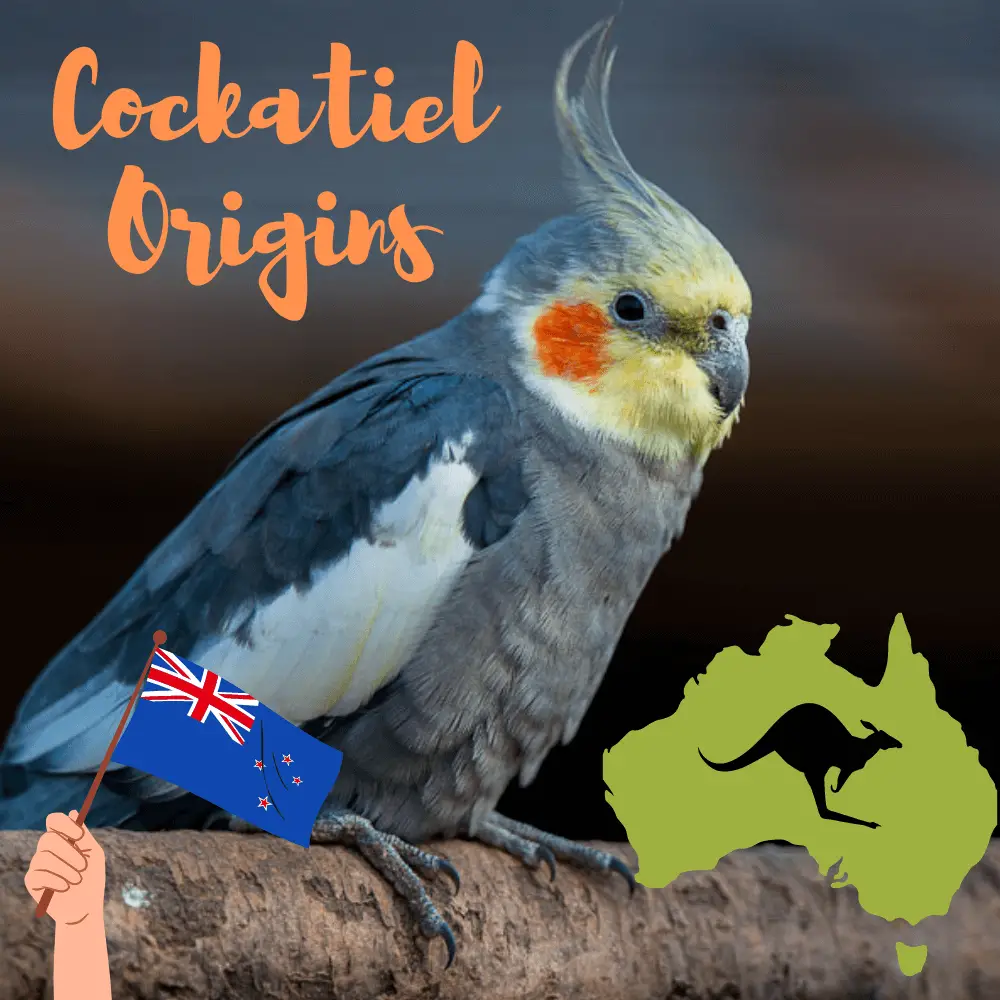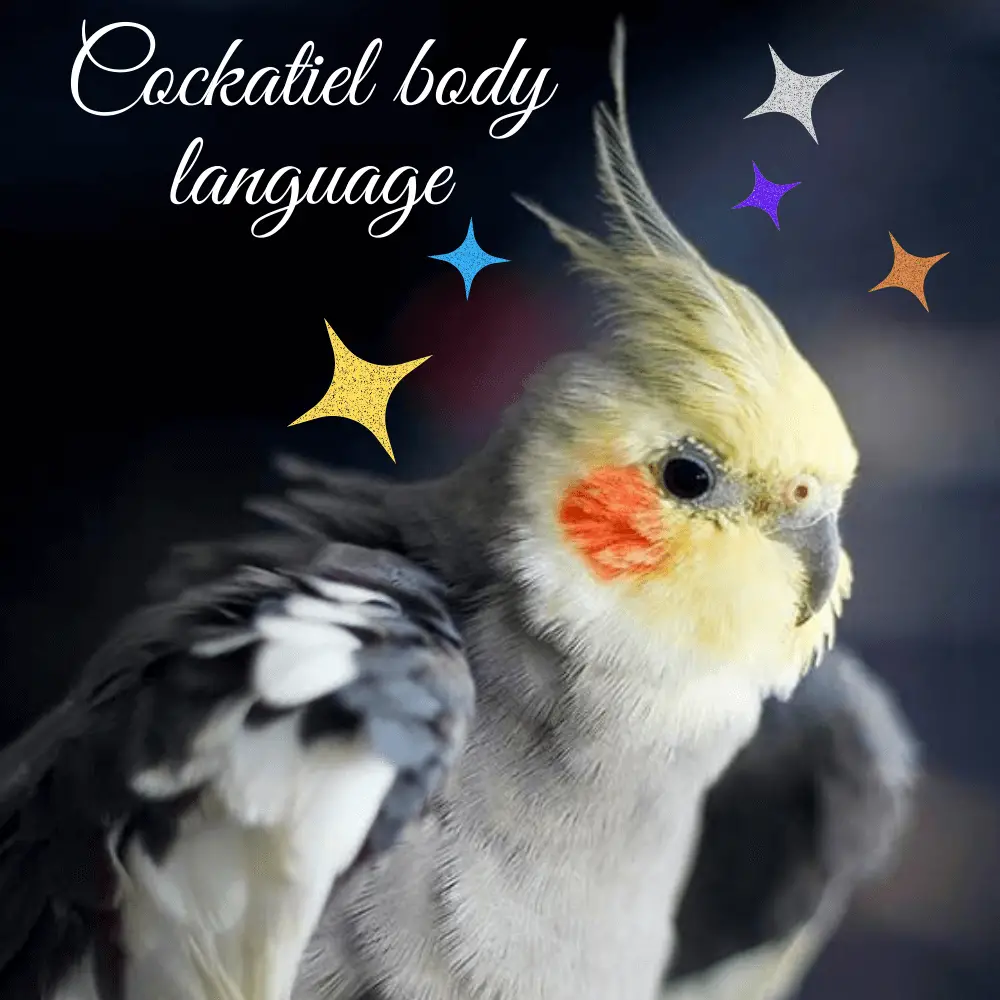
Classification of the cockatiel
- Fork: Chordata
- Class: Aves
- Order: Psittaciformes
- Family: Psittacidae
- Gender: Nymphicus
- Species: Nymphicus hollandicus
Anatomical and physiological data of the cockatiel
- Average longevity: about 15 years
- Adult weight: 80 to 100 grams
- Body length: 30-35 cm long without the hoopoe
- Respiratory rate:
- Heart rate: 210-220 beats per minute
- Body temperature: approximately 40°
- A number of chromosomes:
Cockatiel Origin

Origins of the cockatiel
The cockatiel is native to Australia, where it is found on most of the island with the exception of its coastline. Present both in rural pastures and in urban areas, it is very present and moves in colonies including several dozen birds.
The cockatiel migrates within Australia, moving from one area to another of seed rises of plants and cereals and approaching water points during periods of drought.
The so-called “wild type” mutation is the only one to exist in the wild: males have gray bodies and yellow heads with orange to red cheeks while female has gray heads.
Persecuted for its “adverse effects” on agriculture, this small parrot is classified as “Least Concern” by the IUCN conservation status.
The domestication of psittacines
The domestication of the parakeet dates back approximately 2000 years before Christ and the first traces of taming date back to 25,000 years in India. Since ancient times, it is possible to find testimonies of imports of live parrots into Europe, thanks in particular to the fleet of Alexander the Great who imported the collared parakeet.
Their Latin name became “Psittacus” because the first specimens were – according to history – encountered near Sittace in Assyria.
The discovery of Australia dates from the late eighteenth century. Europeans discover the existence of endemic avian fauna. In 1938, naturalist John Gould wrote a collection on Australian birds: “The birds of Australia“.
Cockatiel of Australia a documentary
SOURCE:Plumes of Oz




















